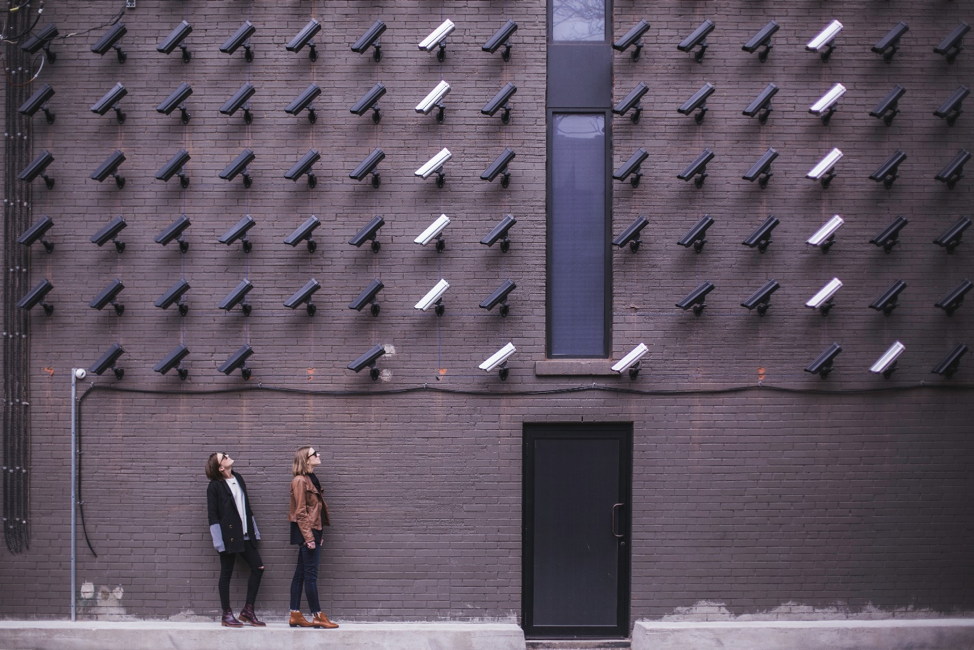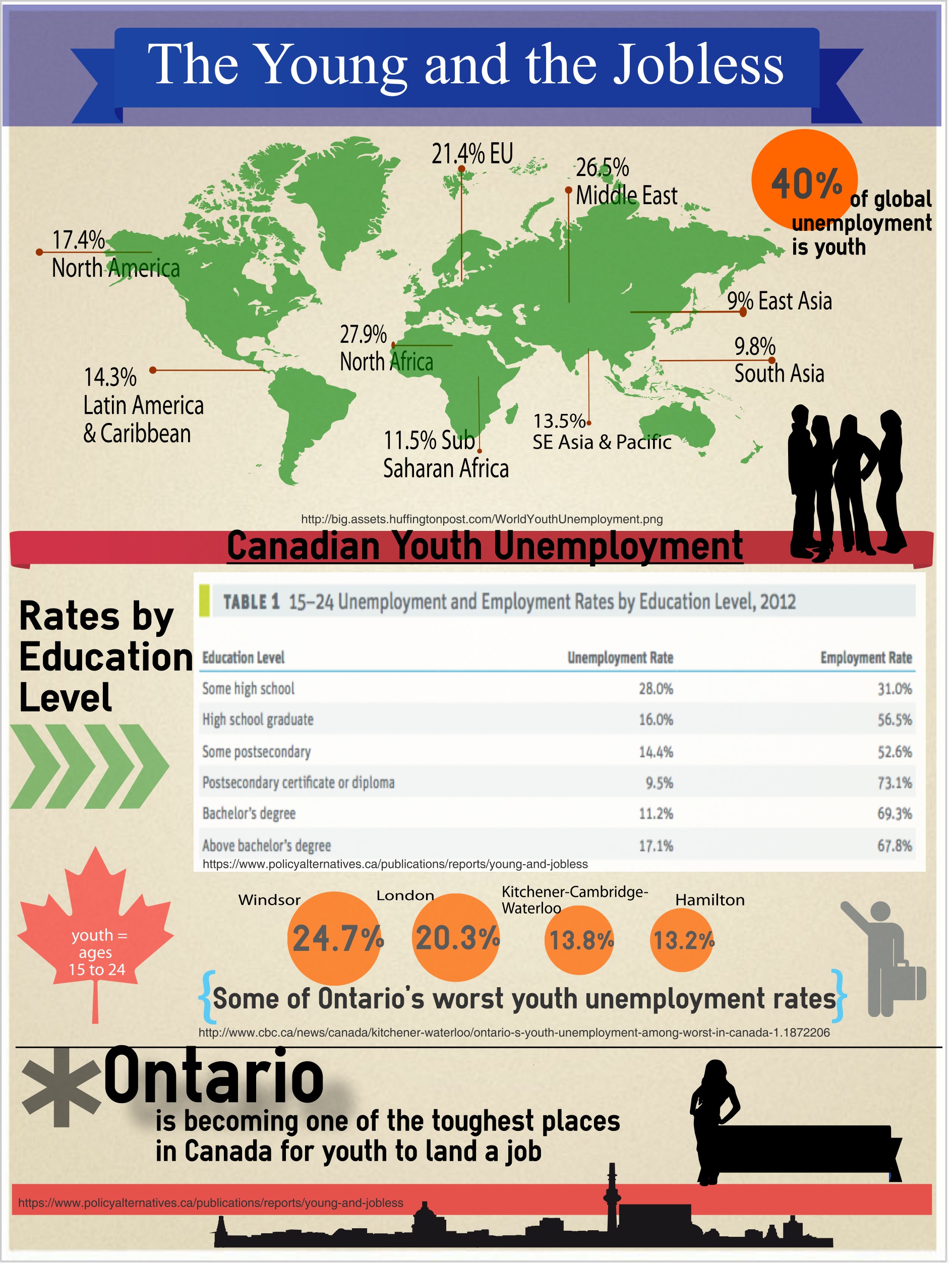This article is the second part of a two-part article focusing on the impacts of online and offline surveillance of women’s behaviour, and how it is influenced by technology.
Gender in public and private spheres
The dichotomy between public and private highlights the blatant inequalities that women face. It is worth considering how these two terms are perceived and used.
In “Structural Transformation and the Public Sphere”, German socialist philosopher, Jürgen Habermas defined the public sphere as a body of ‘private persons’ who gather freely and rationally in society to discuss issues of ‘common interest’, but Nancy Fraser’s work questions the lack of complexity in Habermas’ study. An American political theorist, philosopher and feminist, Fraser states that Habermas neglects to include a significant part of society. She contends that a more viable public sphere should embrace social equality, a variety of people and issues and interests that are deemed “private” by the bourgeois masculinist culture. As such, some domestic and familial issues are defined as private and personal as opposed to being considered political problems. This prevents certain issues from being discussed and debated, such as violence towards women, which is branded as a personal issue and subsequently relegated to family law or social work. The idea of domestic privacy perpetuates gender domination and subjection by restricting the extent of public deliberation.
Some feminist writers have envisioned the public and private distinction as a way to understand women’s oppression and female/male difference in modern societies. Jeff Weintraub, a social and political theorist and political sociologist, says that this distinction entails considering the domestic arena as belonging to women who are seen as inferior, thus concealing domestic violence and subjection from public, political, or legal inquiry. Capitalist societies have perpetuated this duality by identifying the work performed in the market economy in opposition to the tasks performed by women within the home. Despite the conclusions of this important work, the simple dichotomy between public and private spheres must be challenged. The complexity and the evolution of societies are key factors in understanding the way women act and interact in both spheres.
Surveillance technologies: tools to control women’s behaviour
A recent study conducted in Toronto by two PhD candidates at Ryerson University, assessing the impact of CCTV‘s (Closed Circuit Television Cameras) on women, identifies three specific variables that influence the way women occupy a space: life style, employment, and leisure activities. One key conclusion is that different groups of women experience the city differently depending on their age, ethnicity and income. For instance, women over the age of 65 were most inclined to consider CCTV ‘assistive and supportive’ while younger women who go to dance-clubs, female minorities, and sex-workers regard CCTV as ‘invasive and intrusive’. The report further highlights the way cameras contribute to forming and transforming women’s spatial behaviours. As such, low income women, female minorities, and sex-workers tend to change their behaviour in order to protect themselves. For instance, one minority woman interviewed states that: “in stores that are ridiculously expensive I perform class. So I feel like I have to act like I have a lot of money to feel like I’m even welcome in that space.” Presence of CCTV aggravates women’s perception of being judged and criticized by others. For example, one female sex worker argues that “it makes me feel a little nervous because sometimes I am doing things that people might say are wrong or against the law.”
Women tend to reduce their spatial behaviour, i.e. offline behaviour, and their online presence, as a result of these intrusive surveillance methods. Hille Koskela, a professor of human geography in Finland, states that ‘living a spatially restricted life because of fear constantly reminds women of their relatively powerless position’s. Koskela argues that video surveillance is often referred to as a tool to ensure safety and reduce crime, yet cameras are often insufficiently regulated when they record intimate and private behaviour. Cameras exacerbate exclusion as people may be followed on racial and gender grounds. Koskela stresses that “the geography of fear is gendered” and most cameras are not able to adequately detect when a woman is the victim of intimidation or harassment. Moreover, women are worried about voyeurism. Cameras may be used to spy on women, meaning “surveillance can be a way of reproducing and reinforcing male power”. A 1994 case in Australia, called “rape under camera”, involved male casino operators recording and showing footage from surveillance cameras placed in women’s toilets and changing rooms. This scandalous affair shows that surveillance may clearly be gendered and used for the “masculinization of the space”.
The one question that remains is how to measure the impact of cameras on women’s safety. One solution would be to give women more of a voice in government and city planning, especially in the placement of cameras in public areas, hereby ensuring optimal effectiveness and efficiency.
Featured Image: Architectural Building Camera,. Via ‘https://homegets.com/.
Disclaimer: Any views or opinions expressed in articles are solely those of the authors and do not necessarily represent the views of the NATO Association of Canada.




